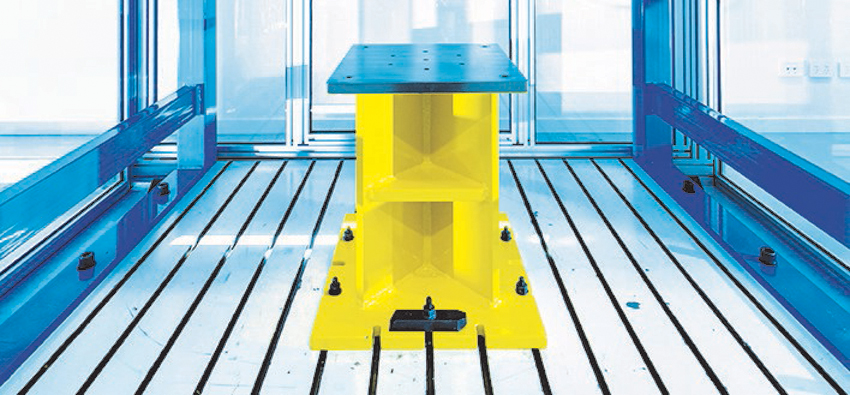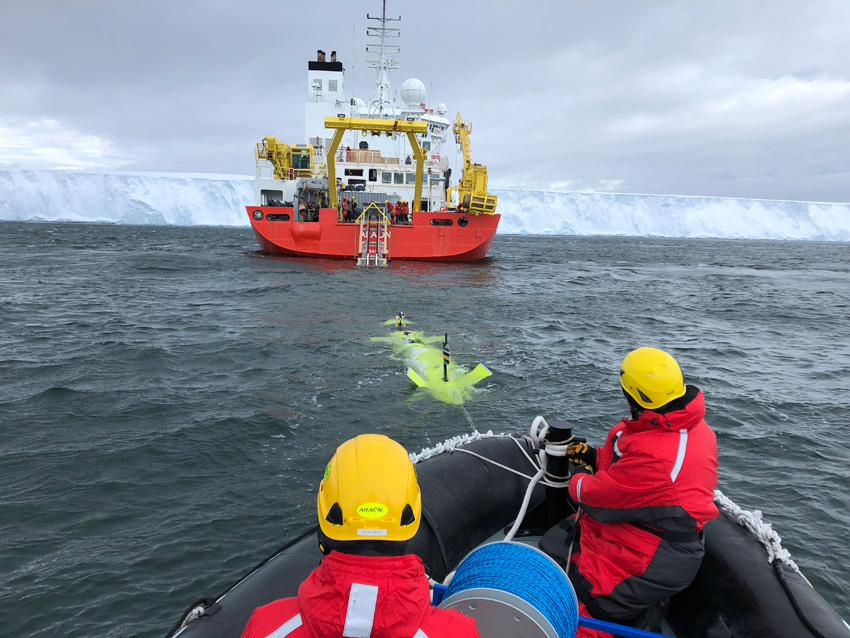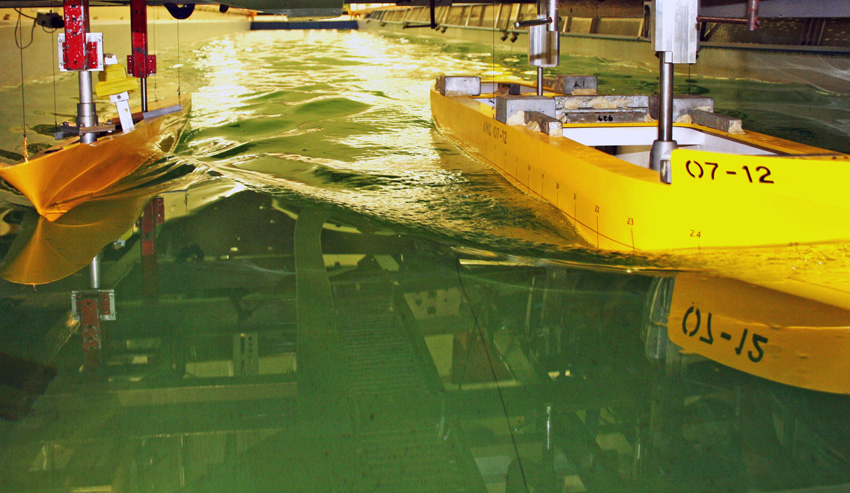Promoted by Defence Tasmania
With Tasmania already a nation-leading hub for maritime research and expertise, the new Defence and Maritime Innovation and Design Precinct will substantially advance national naval shipbuilding capability.
Backed by the Defence Science and Technology Group (DSTG) and foreshadowed in the Defence Science and Technology Strategy 2030 (‘More, together’) the new precinct will be anchored by the national institute for maritime education, training, and research – the Australian Maritime College (AMC) within the University of Tasmania (UTAS).
The precinct will be centred on Launceston and will also encompass AMC marine support facilities at Beauty Point, the Centre for Food Innovation at Scottsdale, and an acoustic and hydrodynamics Deep Lake test site in the state.
AMC Principal Michael van Balen said the Defence and Maritime Innovation and Design Precinct will provide a portal for connecting external collaborators with UTAS’ specialist defence and national research capabilities across a number of faculties and centres.
“Through the precinct, external collaborators can access UTAS’s research expertise in areas such Maritime Platforms and Infrastructure, Enhanced Human Performance, and Security and Operating Environments,” Mr van Balen said.
UTAS’ expertise in areas such as health and food sciences and human-computer interface technologies will be brought together with those of naval architecture, hydro-acoustics, and maritime autonomy through UTAS’ Defence and National Security Network. The network will also focus on the priorities of the Defence Innovation System and DSTG’s STaR Shots program.
In addition to drawing on the capabilities of the Centre for Food Innovation at Scottsdale, the precinct will also utilise the experience and expertise of UTAS’ Institute for Marine and Antarctic Studies (IMAS) and the Centre for Antarctic, Remote and Maritime Medicine (CARMM), both located in Hobart.
On completion of the current detailed definition phase for Stage 1 of the precinct, capital works and new equipment acquisitions to redevelop and enhance key research and support infrastructure are expected to commence this year and be completed by 2023.
Harnessing the ‘More, together’ ideal of scale and partnering, Stage 1 of the precinct will invest mainly in enhancing research infrastructure at AMC’s National Centre for Maritime Engineering and Hydrodynamics including the Towing Tank, Model Test Basin, Cavitation Tunnel, Underwater Collision Test Rig, Maritime Autonomous Systems Laboratory, and Ship Simulators.

While already representing the most advanced, comprehensive, and unique suite of maritime research facilities in the southern hemisphere, the vision is to expand and upgrade the centre’s functionality and performance to provide a nationally self-reliant capability in support of Defence’s continuous shipbuilding program, complementary to northern hemisphere-based international maritime research organisations.
Stage 1 of the precinct will increase current capabilities across model manoeuvring and motion parameters in complex sea states, submerged model and unique propulsor testing, measurement of wave and military loadings, assessments of platform integrity, life expectancy, and maintenance regimes and advanced propulsion, power and ancillary machinery systems modelling and simulation.
At Beauty Point, the proposed upgrades will enhance the scope of Autonomous Maritime Systems research and development focussed on deployment and operation of autonomous systems in remote and complex operating environments.
This research leverages IMAS’ experience in Antarctic marine science missions and draws on multi-disciplinary expertise in naval architecture and ocean engineering, robotics, artificial intelligence, and remote sensing. It will also be enhanced by a new acoustic and hydrodynamics test and calibration facility being jointly developed with Thales Australia at a remote inland lake location.
Regarding human factors, bringing together health and food sciences and human-computer interface technologies with maritime engineering and seafaring will enable industry to deliver and sustain surface and underwater vessels, and maritime infrastructure to meet the requirements of Defence, as well as optimise human factors in their design for effective operation and survivability in remote and extreme maritime and littoral environments.
Complementing this will be the application of the human experience in remote and extreme environments, an area of research enhanced by extensive Antarctic and Southern Ocean experience through IMAS, CARMM and AMC.

The Defence and Maritime Innovation and Design Precinct will also draw on additional UTAS and partner support from organisations such as the Tasmanian Cognition Laboratory, Risk and Resilience Group and CARMM to optimise the design and evaluation of systems and how they support human factors. This collaboration is also considering options to enhance existing simulation and virtual reality capabilities through biometric sensor integration, environmental control, and sensory manipulation.
One of the most anticipated parts of Stage 1 is the new controlled access Common User Facility incorporating a secure area supported by Defence ICT networks, large capacity and high-speed eResearch and Australian Academic Research Network infrastructure, and an upgraded High Performance Computer Cluster. It is being specifically designed to facilitate a highly collaborative environment for visiting and virtually connected researchers and partners from Defence and industry.
Visitors will be afforded full access to modernised campus amenities and the opportunity to support student applied learning programs. On-site accommodation and precinct tenancy options are likely to become available beyond 2024 through future development stages of the facility.
The Defence and Maritime Innovation and Design Precinct and UTAS’ Defence and National Security Network welcome engagement with industry and collaborators to support the naval shipbuilding enterprise and Defence Innovation System. The precinct is ideally placed to enhance Australia’s naval shipbuilding capability now, and into the future, and to contribute to ensuring Australia maintains a regionally superior Australian Defence Force.
More information on the Defence and Maritime Innovation and Design Precinct and UTAS’ Defence and National Security Network is available by contacting the AMC at https://www.amc.edu.au/contact
 Login
Login







